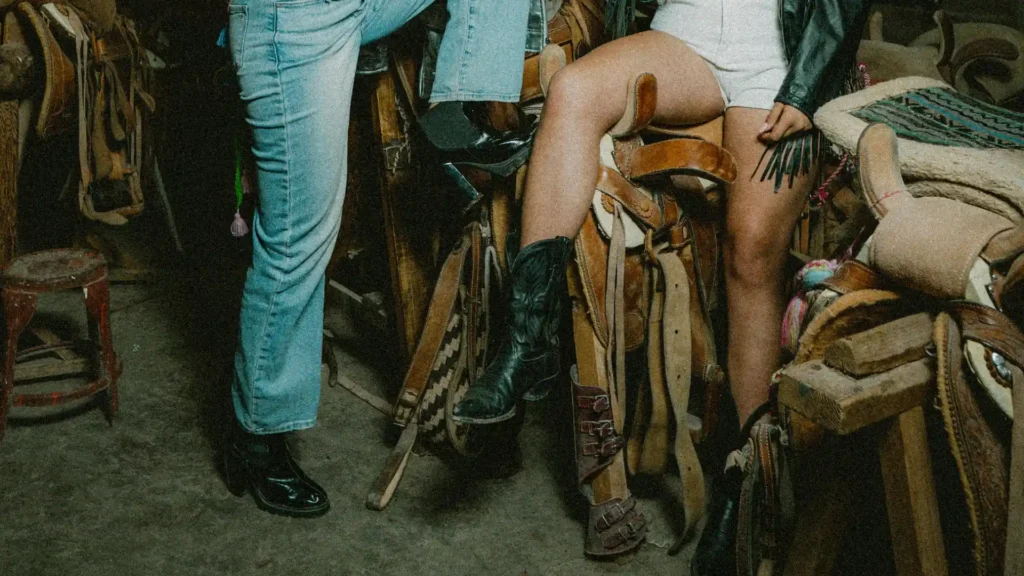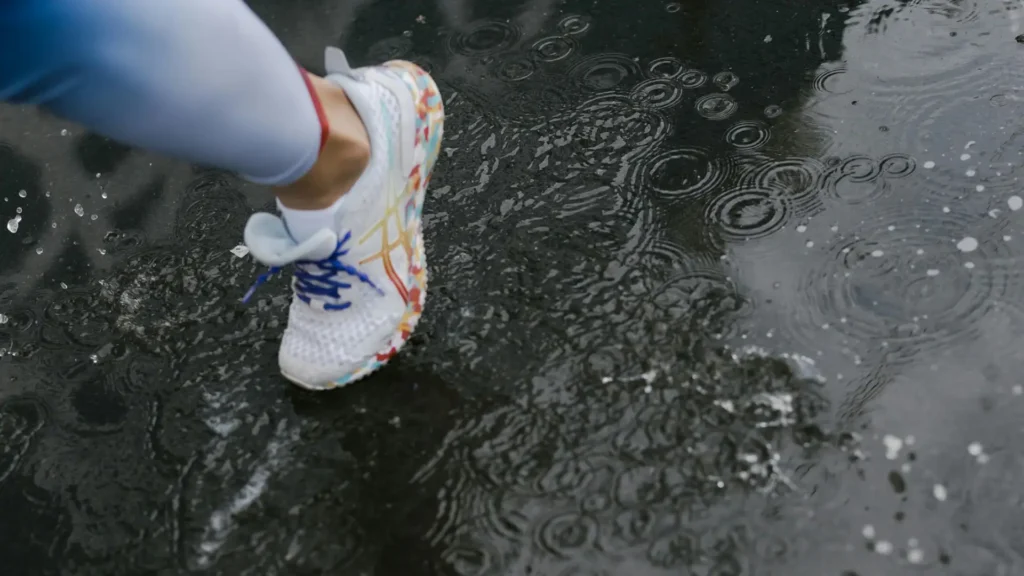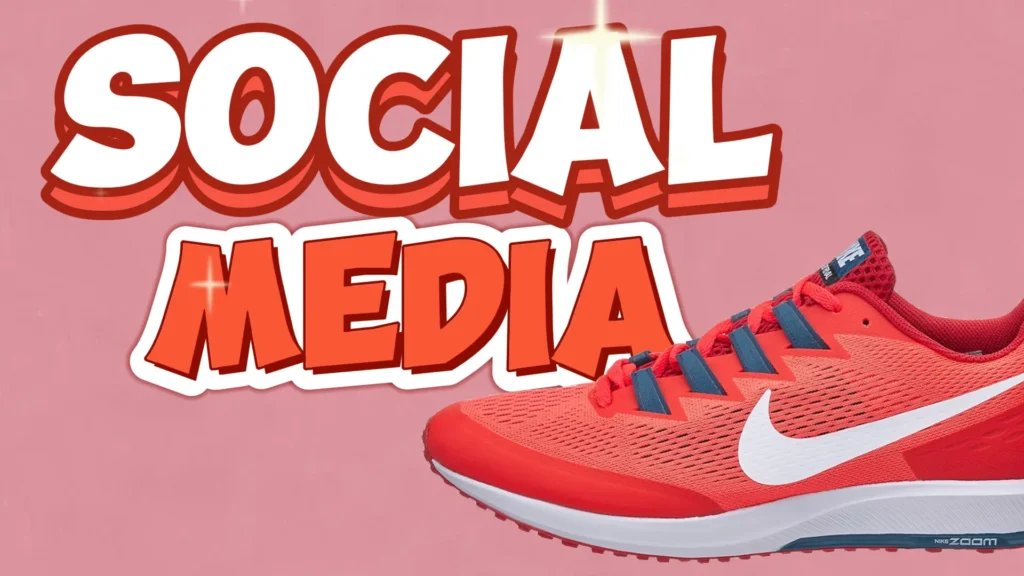A striking 300% surge in vegan leather shoe sales swept across global markets between 2018 and 2023. This boom signals a seismic shift, with consumers, brands, and innovators propelling a cruelty-free, sustainable footwear revolution. Vegan leather shoes now stand at the forefront of fashion, ethics, and environmental progress.
What Is Vegan Leather?
Vegan leather includes any material mimicking traditional leather without using animal hides. Options range from synthetics, such as polyurethane (PU) and polyvinyl chloride (PVC), to plant-based choices, including pineapple leaves, cork, and apple peels. These deliver durability, style, and a clear conscience.
No animals face slaughter or skinning in this process. Manufacturers craft these materials into flexible, tough sheets using chemical or natural processes. The outcome rivals leather’s texture and appearance.
Global vegan leather market value reached $45 billion in 2024. Forecasts peg it at $89 billion by 2030, doubling in just six years. Footwear dominates, claiming 60% of all vegan leather product sales.
Why the Shift?
Animal welfare concerns ignite this trend. Millions reject goods tied to livestock suffering, data shows. Vegan leather shoes provide an ethical, straightforward alternative.
The environment benefits too. Traditional leather production guzzles water—2,000 gallons per hide—and dumps chemicals into ecosystems. Vegan options, particularly plant-based ones, slash this impact by 40%, research reveals.
Cost seals the deal. Synthetic vegan leather undercuts animal hide prices by 20-30%. Shoppers score stylish footwear without draining their wallets.
Major brands seized the moment early. Adidas debuted vegan Stan Smith sneakers in 2018, blending PU and recycled plastics. Nike rolled out plant-based leather shoes, capturing eco-minded customers fast.
Smaller labels thrive too. Veja, a French company, uses corn waste and recycled bottles for sleek designs. Their sales rocketed 200% from 2019 to 2024, proving broad appeal.
Luxury joins in. Stella McCartney, a pioneer, crafts high-end vegan shoes with zero animal input. Demand for these premium pairs grows 15% yearly, market stats show.
Innovation Drives Growth
Science fuels this surge. Piñatex, made from pineapple leaves, turns farm waste into tough, textured material—1 ton yields 500 square feet. Startups perfect this, cutting reliance on synthetics.
Apple peels, leftover from juicing, become smooth, sturdy shoe uppers. Mushroom roots, or mycelium, grow into sheets in mere weeks, offering a biodegradable edge. These advances transform scraps into valued goods.
Labs push further. Bioengineered fabrics, blending plant fibers and proteins, mimic leather’s strength. Production of these jumped 50% since 2022, per tech reports.
Europe holds 35% of the vegan leather shoe market, leading globally. Germany and the UK drive this, backed by strict green laws. Sales here climb 25% annually, outpacing other regions.
North America keeps pace. U.S. online searches for vegan shoes spiked 150% from 2020 to 2024. Canada’s growth, steady at 18% yearly, leans on young, eco-aware buyers.
Asia-Pacific gains ground fast. China and India boost output, using local plants and low-cost labor. Their sales soared 80% since 2021.
Africa emerges quietly. South Africa and Kenya test plant-based leather, with small batches hitting stores. Growth here, at 10% yearly, shows untapped potential.
A Sustainability Win
Synthetics spark debate. PU and PVC, while affordable, stem from petroleum, clogging landfills for centuries. Critics push for greener alternatives to dominate.
Plant-based options struggle to scale. Pineapple and mushroom leather cost 50% more to produce than synthetics. Supply chains falter, limiting reach in rural zones.
Durability trips some up. Early vegan shoes wore out in months, frustrating users. Brands now test tougher blends, aiming for leather’s lifespan.
Vegan leather slashes emissions sharply. One pair of animal leather shoes pumps out 50 pounds of CO2, studies say. Vegan pairs trim this to 20 pounds, a clear gain.
Water savings stun too. Leather tanning drains 2,000 gallons per hide, taxing resources. Plant-based vegan leather cuts this by 70%, easing global strain.
Waste drops as well. Recycled plastics and plant scraps replace virgin materials. Factories report 25% less trash since adopting these.
Style holds strong. Vegan shoes boast bold hues, clean lines, and varied finishes. Brands track trends, offering boots, loafers, and sneakers to suit all.
Celebrities amplify buzz. Stars flaunt vegan kicks at premieres, boosting visibility. Retailers see 30% sales jumps after such moments, records show.
Customization grows too. Buyers pick colors and textures online, personalizing pairs. This trend, up 40% since 2023, keeps fashion fresh.
Economic Ripple Effects
Jobs sprout worldwide. Factories in Asia and Europe hire thousands for vegan shoe lines. Design and tech roles expand 20% yearly, stats reveal.
Farmers cash in. Pineapple, corn, and apple growers sell waste to manufacturers. This extra income, up 15% since 2020, lifts rural areas.
Trade booms too. Exports of vegan leather goods rose 35% from 2021 to 2024. Vietnam and Portugal lead, fueling local gains.
Governments steer this shift. EU taxes on high-pollution industries nudge firms to vegan leather. Subsidies in France and Germany fund plant-based trials.
Progress varies. Lax rules in parts of Asia stall eco-friendly moves. Global trade pacts, though, raise standards, pushing green growth.
U.S. states act too. California and New York offer grants for sustainable shoe startups. These efforts lifted local output 12% in 2024.
3D printing speeds things up. Machines mold vegan soles from recycled plastic in hours, cutting costs. Waste falls 20% with this tech, factories report.
AI transforms design. Algorithms sketch shoes and spot trends, saving months. Output rose 15% in AI-equipped plants since 2022.
Robotics streamline assembly. Automated lines stitch and glue vegan shoes faster. This boosts production 10% yearly, per industry logs.
The Cultural Shift
Veganism stretches past food now. Shoes reflect this, with 40% of vegans choosing leather-free pairs, 2024 stats show. Non-vegans buy in for style and green perks.
Social media powers change. Instagram posts of vegan shoes hit millions of views. Influencers drive 25% of sales, retailers note.
Education spreads word. Schools and NGOs teach sustainability, boosting awareness. This lifts vegan shoe demand 18% in young markets.
Stores adapt fast. Zappos stock 50% more vegan shoes since 2021. Shelf space for these grew 30%, matching buyer shifts.
Online sales soar. E-commerce sites report 60% of vegan shoe purchases via web. Fast shipping and returns keep customers hooked.
Pop-ups spread too. Temporary vegan shoe shops in cities draw crowds. Sales at these spiked 35% in 2024, per retail data.
Vegan leather shoes tie into a wider push. Buyers demand ethics and green practices in all products. Footwear leads, showing what’s possible.
Innovation stays key. Mushrooms, corn, and beyond fuel new options yearly. This range secures the market’s growth path.
Over 500 million pairs sold in 2024, a jaw-dropping leap. This surge proves habits have shifted for good. The rise of vegan leather shoes rolls on, step by step.




